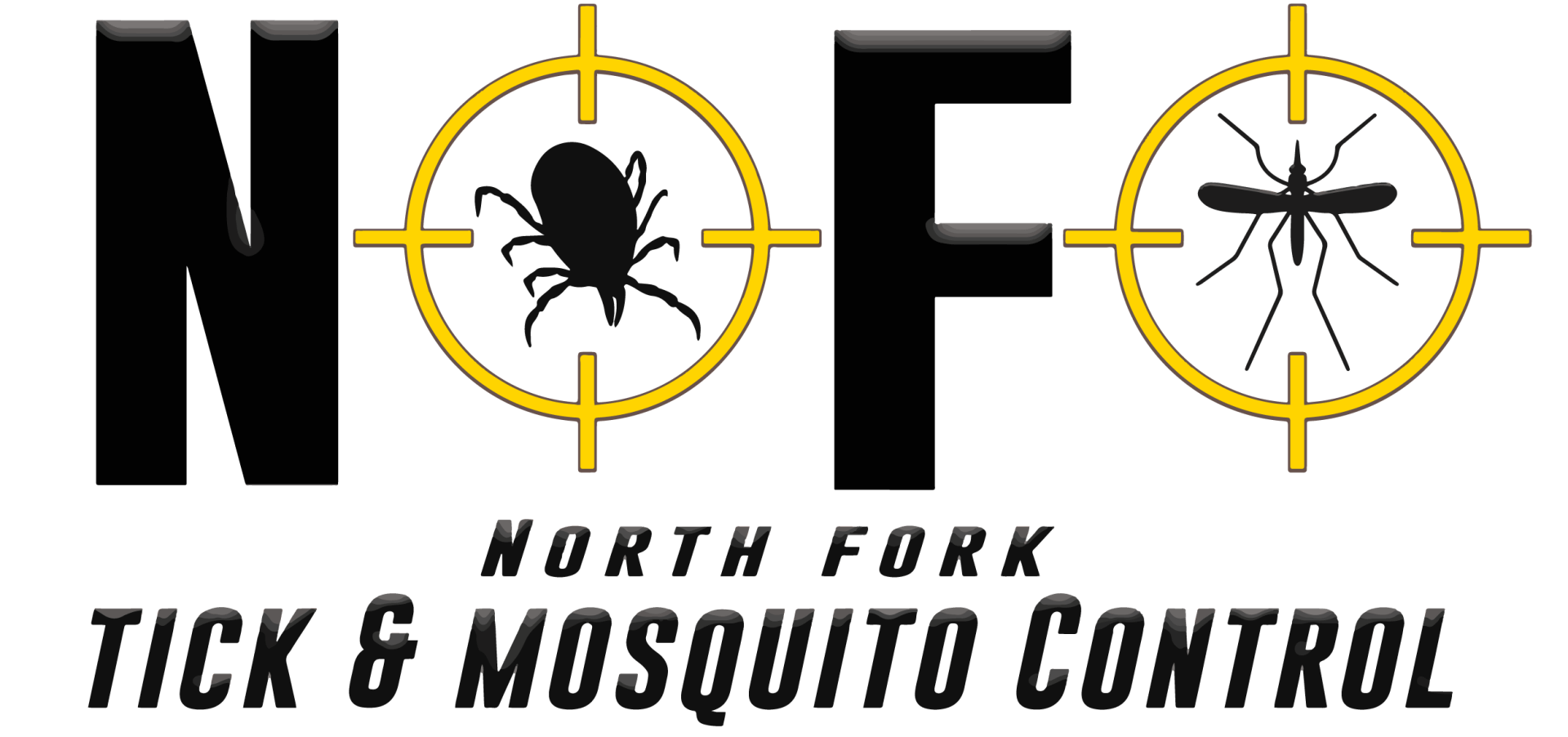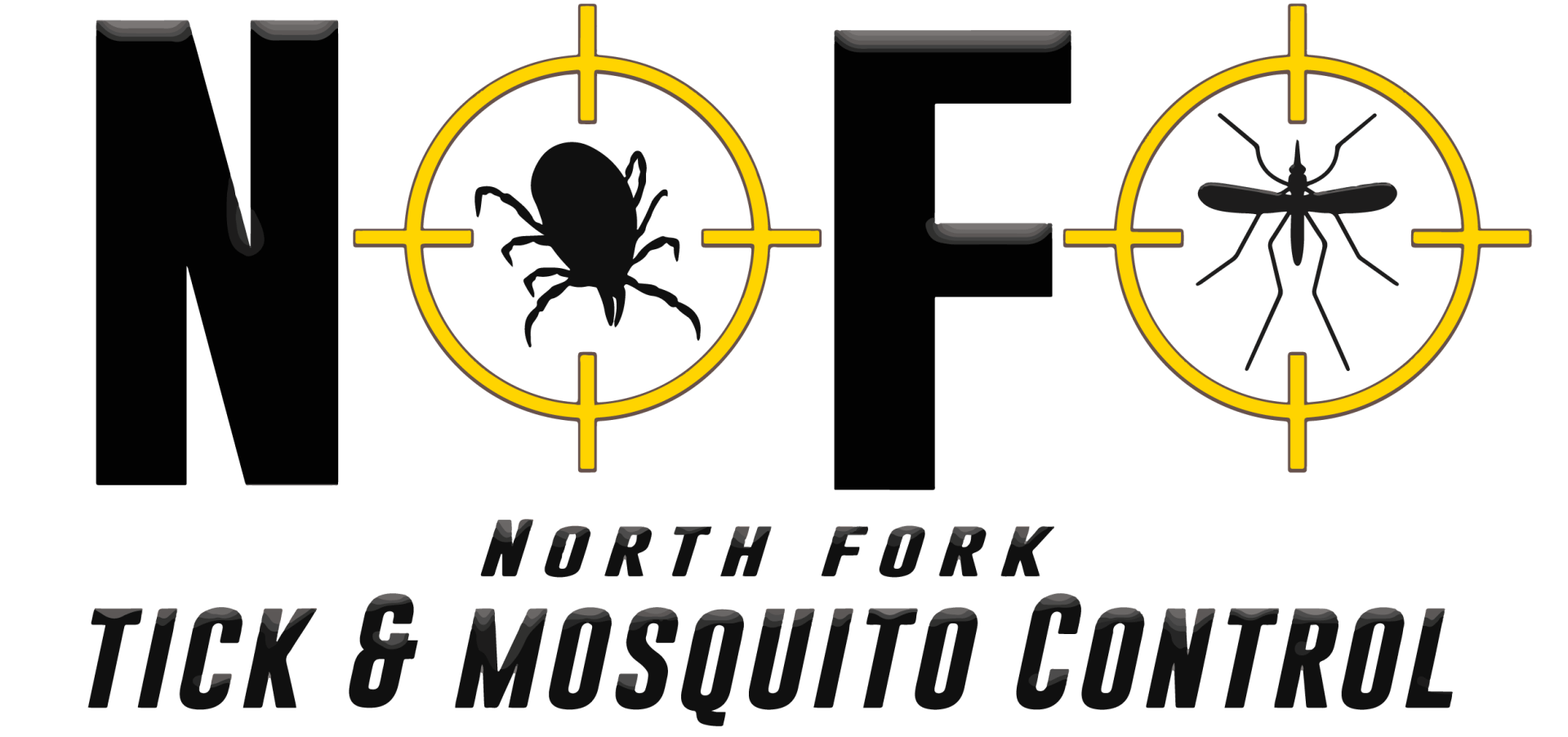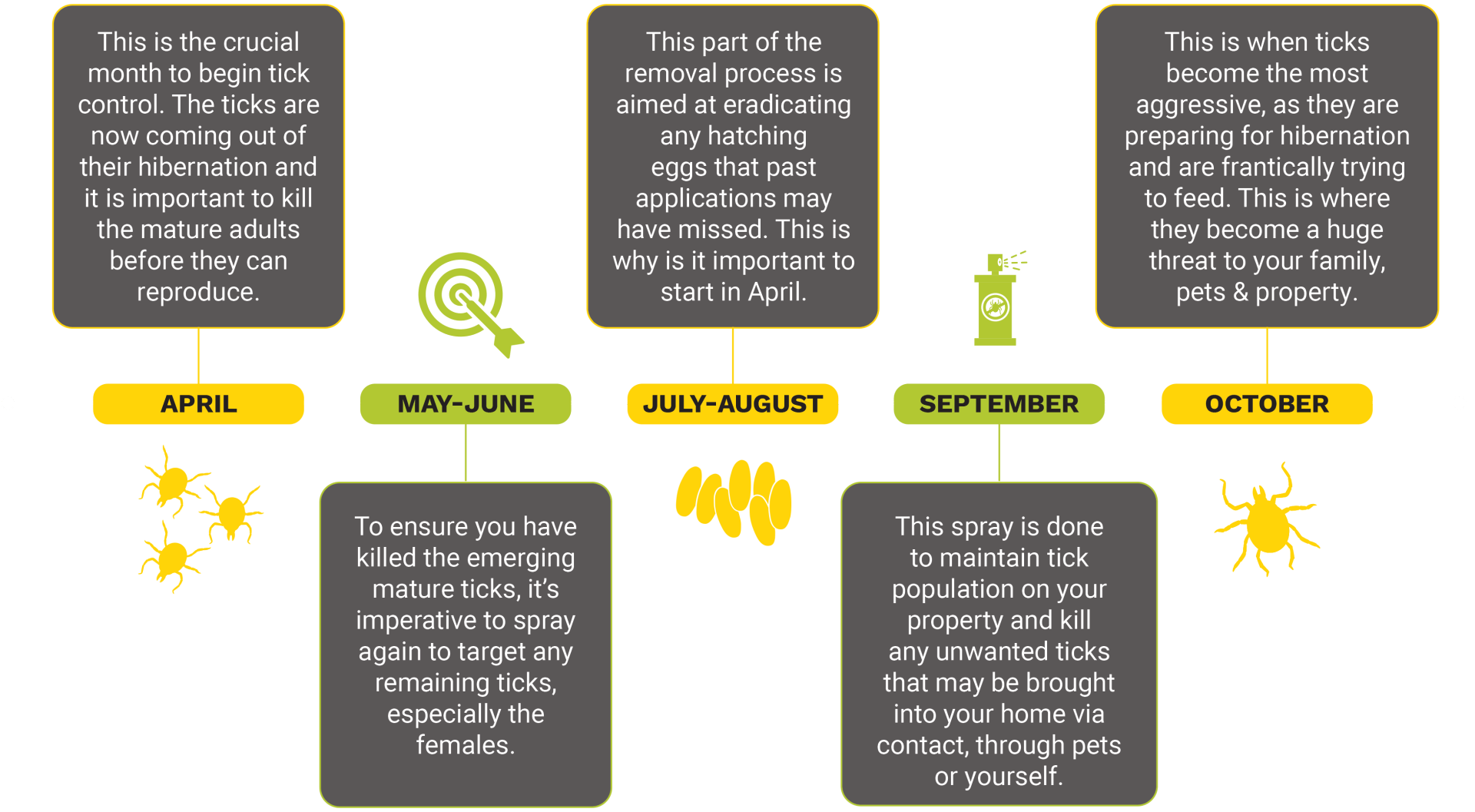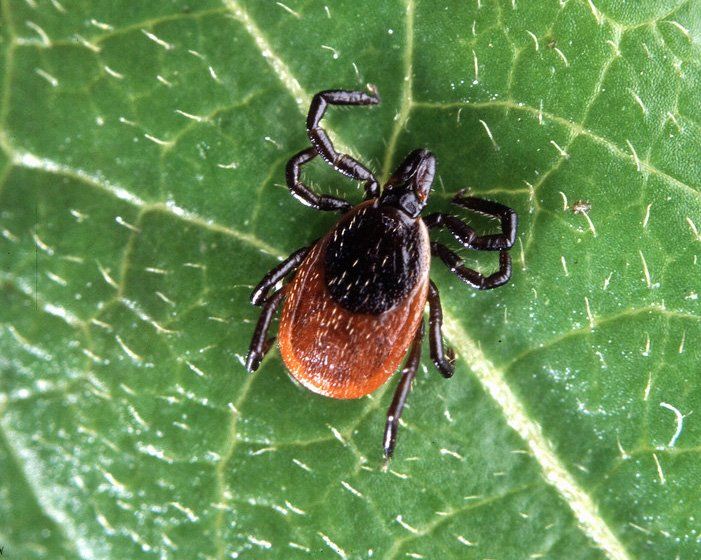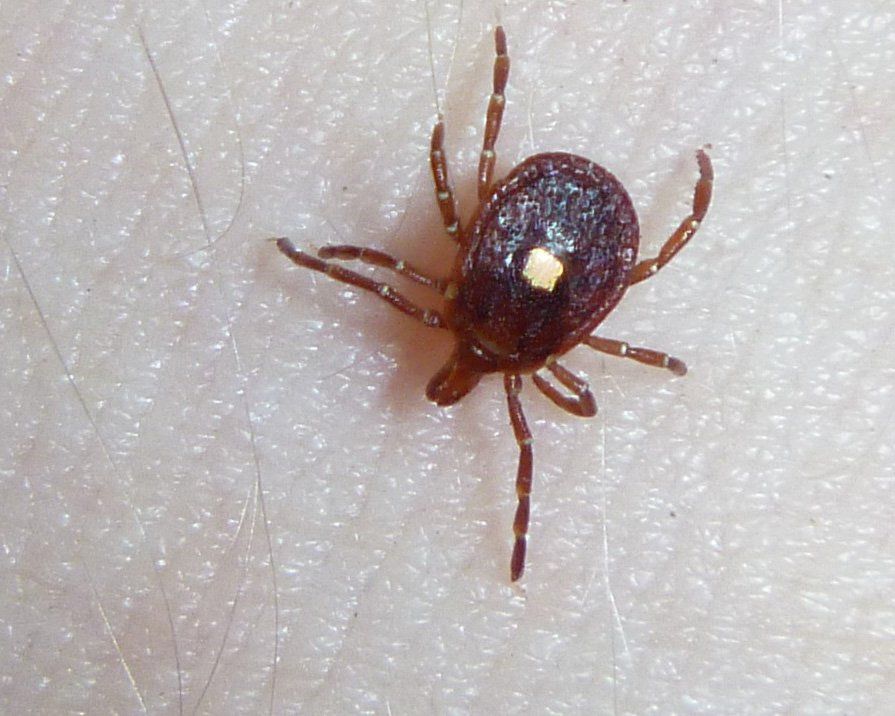Call us 631-888-NOFO
Ask about our multi property discount for
neighbors / family / landlords
Long Island's Tick Control Experts
Say goodbye to these tiny terrors.
There are 3 common types of ticks that inhabit Long Island. These include the deer tick, the American dog tick, and the lone star tick. Learn More.
Schedule your spraying today to prevent these harmful pests from infiltrating your property.
Get a Free Quote
Get a Free Quote
Fill out the form below
Thank you for contacting us.
We will get back to you as soon as possible
We will get back to you as soon as possible
Oops, there was an error sending your message.
Please try again later
Please try again later
Upfront Estimates
Upfront Estimates
Licensed & Insured
Licensed & Insured
Multiple Property Discounts
Multiple Property Discounts
Safe & Effective Solutions
Safe & Effective Solutions
Common Types of Ticks on Long Island
Deer Ticks
Deer Ticks
Deer ticks are most known for carrying the bacterium that leads to Lyme disease. However, they can also transmit germs that cause anaplasmosis, human babesiosis, Powassan encephalitis, and more. The young ticks (nymphs) are the most active in late spring/early summer, and adult females are most active in the late summer and again in early fall. However, adults will bite anytime the temperature is above freezing.
The black legged deer tick are named for their dark legs in contrast to their pale bodies. Young deer ticks are brown and roughly the size of a poppy seed. Adult female deer ticks are red and black when not engorged with blood, and are roughly 1/8”, while the males are reddish-brown and slightly smaller at about 1/16”.
Blacklegged (deer) ticks tend to hide in grass or bushes and some species will crawl several feet to find a passing host. They prefer areas where animals usually travel, like along footpaths in wooded areas, or the edge of where mowed lawn meets the unmowed lawn or fence line.
American Dog Ticks
American Dog Ticks
American dog ticks, also known as the wood tick, gets its name from their preference to feed on domestic dogs, as well as their habitation in North America. Dog ticks are reddish brown with white or yellow markings and are much larger than the deer tick. Females can grow to up to half an inch after she’s drunk her fill of blood. They are also oval and flattened in shape.
American dog tick bites can cause itching, fever and in some more rare cases, tick paralysis. It’s important to watch out for the development of rashes near the bite as this can be a symptom of Rocky Mountain spotted fever.
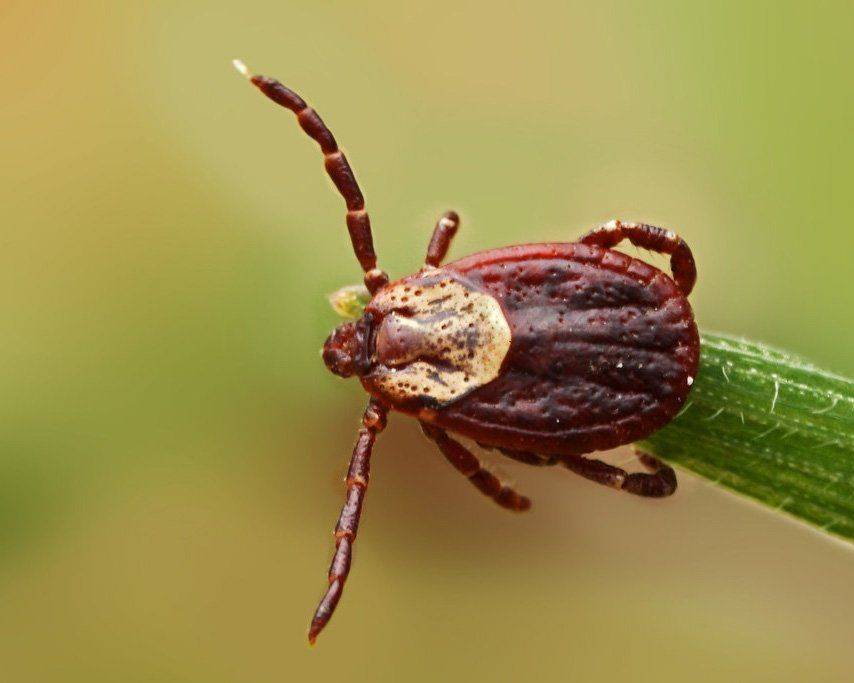
Lone Star Ticks
Lone Star Ticks
Lone star ticks are becoming more common on Long Island and in the northeast. The greatest risk of being bitten exists in the early spring through the late fall. These tend to be a more aggressive tick that bites humans, especially the nymph and adult females. The adult female is distinguished by a white dot or “lone star” on her back.
Lone star tick bites will occasionally result in a circular rash, and can cause allergic reactions associated with consumption of red (mammalian) meat, called alpha-gal syndrome.
Request a Free Quote
Complete the form below and we'll get right back to you with your free estimate.
Thank you for contacting us.
We will get back to you as soon as possible
We will get back to you as soon as possible
Oops, there was an error sending your message.
Please try again later
Please try again later
